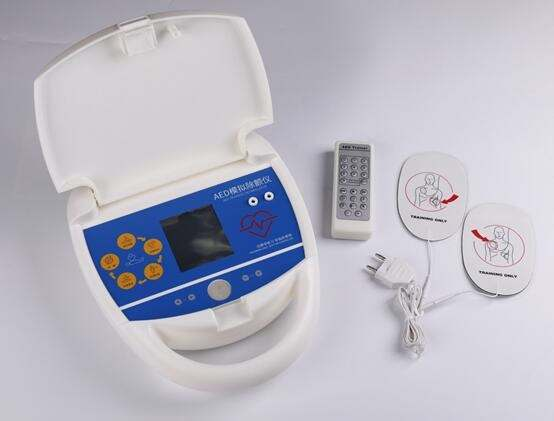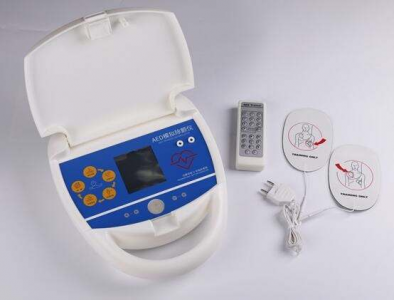The use of analog defibrillators is of great value and significance in medical training for several main reasons:

High safety: Analog defibrillators provide a risk-free practice environment. In real-world healthcare Settings, direct defibrillation of a patient can be associated with a high risk of further harm to the patient if done incorrectly. Simulated defibrillators allow healthcare professionals to practice repeatedly without involving real patients, thereby avoiding potential risks.
Improve operation skills: Through the practice of simulating defibrillator, medical staff can be familiar with the operation process of defibrillator, electrode patch paste method, energy setting and other key steps. This repeated practice can help them master the correct operating skills and improve the accuracy and efficiency in actual operation.
Reduced training costs: Simulated defibrillators cost less than training with a real defibrillator. They can be reused without the need for frequent replacement of accessories such as electrode patches, greatly reducing training costs. At the same time, because analog defibrillators can be used at any time, anywhere, it also saves the time and space costs required for training.
Easy case review and analysis: Many advanced analog defibrillators record data for each operation, such as voltage, current, operation time, etc. This data can be used for case review and analysis to help medical staff understand their own strengths and weaknesses in the operation, so as to make targeted improvements.
Enhance confidence: By simulating the defibrillator practice, the medical staff can become more familiar with the working principle and operation process of the defibrillator, so that they can be more confident in the actual operation. This self-confidence can help them make judgments and operations quickly and accurately in emergency situations, and improve the success rate of treatment.
Adapt to different levels of training needs: Analog defibrillators can be set up and adjusted according to different training needs. For example, for beginners, you can set a simpler operation mode and lower energy level; For advanced users, more complex modes of operation and higher energy levels can be set up. This flexibility allows analog defibrillators to meet the training needs of healthcare professionals at different levels.
In summary, the use of analog defibrillators for medical training has many advantages, including improving safety, reducing training costs, facilitating case review and analysis, enhancing self-confidence, and adapting to different levels of training needs. These advantages make analog defibrillators an indispensable and important tool in medical training.

